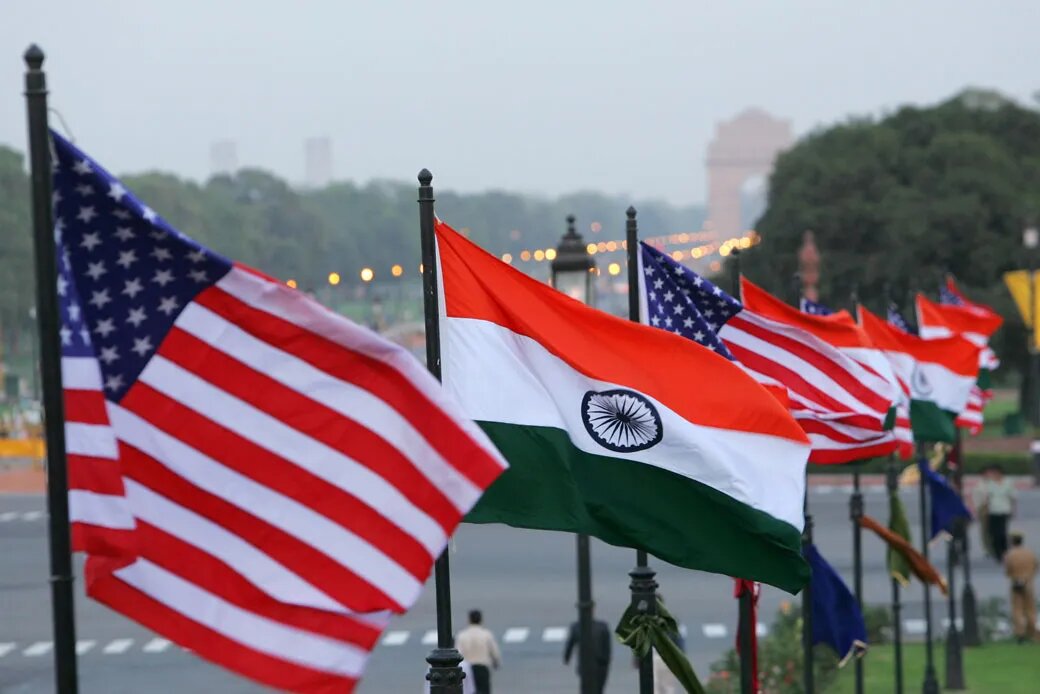A top Pentagon official said that the relationship between the US and India in defense has changed a lot and is moving forward very quickly. The relationship is now defined more by its overall path than by disagreements on important issues. Siddharth Iyer, Director for South Asia, Office of the Secretary of Defense (Policy), Department of Defense, spoke at a roundtable about the future of the US-India Defense Partnership. The discussion was mostly about working together on technology and developing a marine strategy.
The US-India Strategic and Partnership Forum and CUTS International, a non-profit group that works on trade ties, put together the roundtable.
“The relationship between India and the US has made a huge amount of progress in just the last 12 months, let alone the last two years.” “I think that just goes to show how much momentum there is, and the relationship is now defined more by the speed and the overall direction than by disagreements and differences on important issues,” Iyer said.
“The overall paradigm of the relationship I think has changed, particularly from the perspective of the Department of Defense where I think historically security and defence cooperation has traditionally been viewed as an area sort of too sensitive or traditionally lags other areas of cooperation,” he said.
Iyer says that the link between the defense and the government is important in three ways.
“Of course, the first is working together on technology, which goes pretty far…People who have been following this relationship for decades will also notice that operational engagements between our armies have been one area where things have gotten a lot better, he said.
He also said that the last place where the partnership has grown is in the number and types of high-level meetings between the two countries.
“At least from the outside, it’s clear that our top leaders—the President, the Prime Minister, our national security advisors, and cabinet members—meet a lot.” Iyer said, “It would be hard to find a month in the year when there isn’t at least one high-level exchange and then probably a few mid-level exchanges.”
Ryan Holliway, a Political-Military Officer in the Department of State, said that the United States’ connection with India is one of the most important ones it has in the world.
“We see this strategic partnership as a crucial pillar of a free and open Indo-Pacific and the 21st century,” he stated.
“In a general sense, our exchange of global and strategic issues has never been deeper or more sensitive than it is today, which is a testing out to the close partnership at all levels of our government,” he said.
iCET, or the Initiative on Critical and Emerging Technology, was launched last year. Pradeep Mehta, secretary general of CUTS International, said that this could be the start of a huge improvement in the relationship between the US and India.
“It’s a platform to speed up our policy alignment and strategic conversions.” Defense and security are very important to India’s relationship with the US, and the ICET’s programs are making those relationships stronger. The success of these programs was clear at the quarterly review meeting of India’s deputy national security advisors in early December 2023. “A lot of other sensitive areas have been added to the list,” he said.
“This really shows how much we have worked together and trusted each other along the way.” “I agree that the India-US Technology Corporation’s goal is to use talent to speed up technological progress, increase the number of new ideas, and make the supply chain more stable, all with the goal of strengthening the multifaceted strategic partnership,” he said. “It’s an opportune moment for our relationship,” she said.
